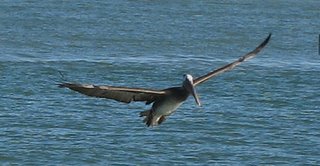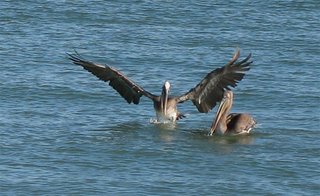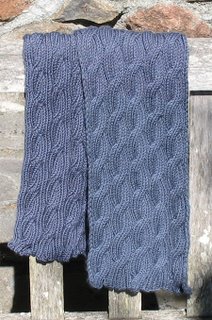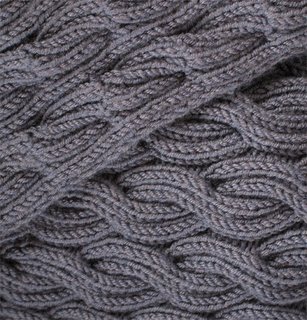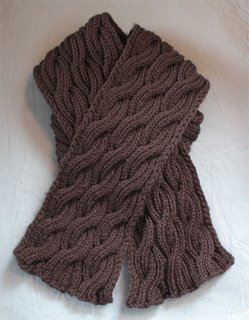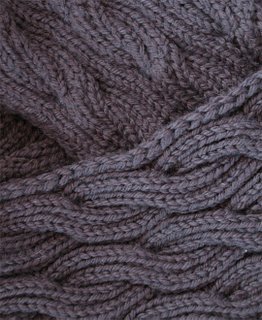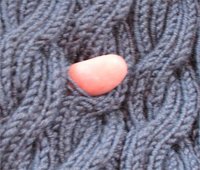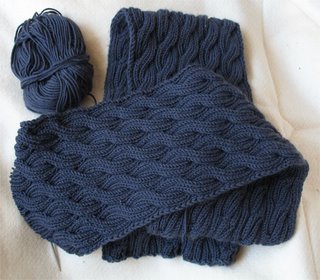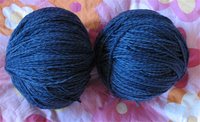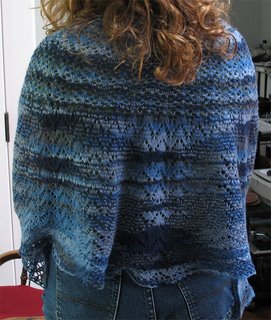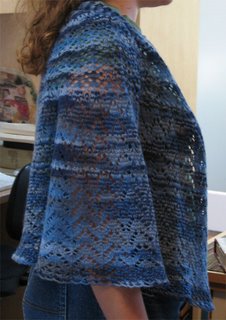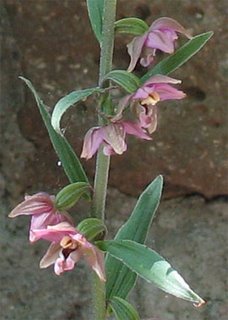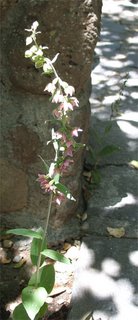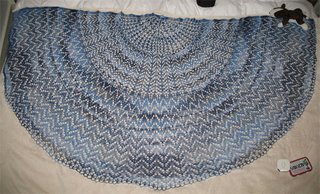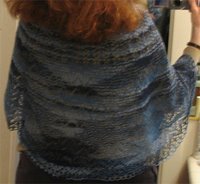Shoulders
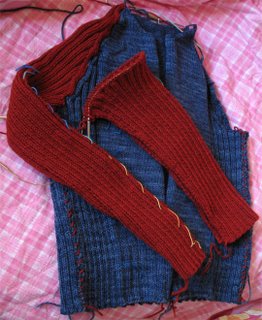
The Ribby Cardi for DD grows apace (then I rip and knit again). We have VERY square shoulders here, so I haven't knit a raglan in many years. I chose frog-able yarn with this in mind. Above is a photo of the basted body and a large size sleeve basted in (with circ cables) and the beginning of a much larger sleeve.
 The blue yarn is a one-off of really lovely fine 4-ply wool from Morgaine, some she dyed herself. It's actually a muted variegated marl indigo, close to the color in the top image. DD chose Cascade 220 in color 2427 for the sleeves, a deep red that sets up a wonderful resonance with the indigo. The blue fabric has cush and great elasticity. The red isn't as soft to the touch but appears to be sufficiently compatible.
The blue yarn is a one-off of really lovely fine 4-ply wool from Morgaine, some she dyed herself. It's actually a muted variegated marl indigo, close to the color in the top image. DD chose Cascade 220 in color 2427 for the sleeves, a deep red that sets up a wonderful resonance with the indigo. The blue fabric has cush and great elasticity. The red isn't as soft to the touch but appears to be sufficiently compatible.For the body, I cast on the largest size, then decreased two sizes in the first row of the stockinette panels with a series of k2togs over some of the single purls. It accommodates DD's hourglass figure nicely and without any flare. Even though I knit all but one sleeve in less than a week, she outgrew it so I'm probably going to have to re-knit the entire thing. I may be re-knitting this sweater until she hits six feet.
The new sleeve is many inches longer and larger around than Bonne Marie's largest size, in part because DD needed a lot more ease in the elbows. Her pattern is very logical and makes it easy to do massive size mods. I'm having to add significant width to the top of the sleeve to fill the gap made by those shoulders. When knitting sweaters with set-in sleeves, DD and I add at least two inches to the height of the yoke. To maintain the visual line of a raglan, I'm keeping the body yoke pretty much as writ and making most of the changes in the shape of the sleeve cap. A typical raglan sleeve is almost triangular; I'm using a wide bell shape, truncated at the neckline. The additional width in the shoulder area of the sleeve drops the yoke down a few inches, and it may overemphasize DD's linebacker shoulders, but with luck it will fit.
I was knitting one of the fronts at the grocery store last week and was nearly at the point where I would change needle sizes so had the next circ poked in the ball of yarn. When I got home with the groceries I realized I'd dropped the needle. DD and I went back to the store and she asked for the lost and found at customer service and the lady took one look at DD's WWKIP t-shirt and said, "I think you need this!" and handed us the circ. YAY! I had a spinning t-shirt on, but that WWKIP tee was very effective. Dolores to the rescue!


